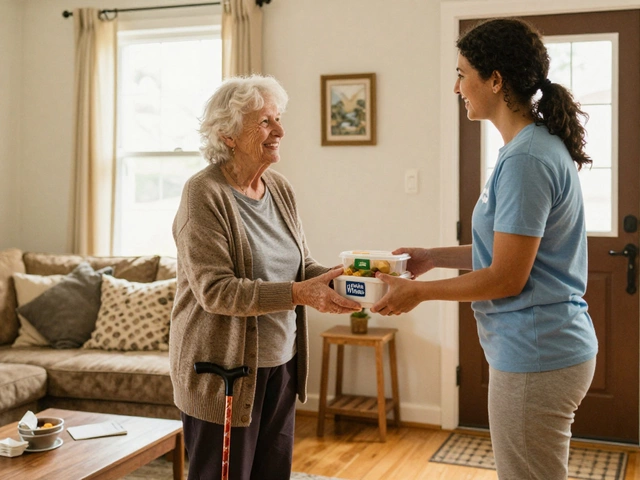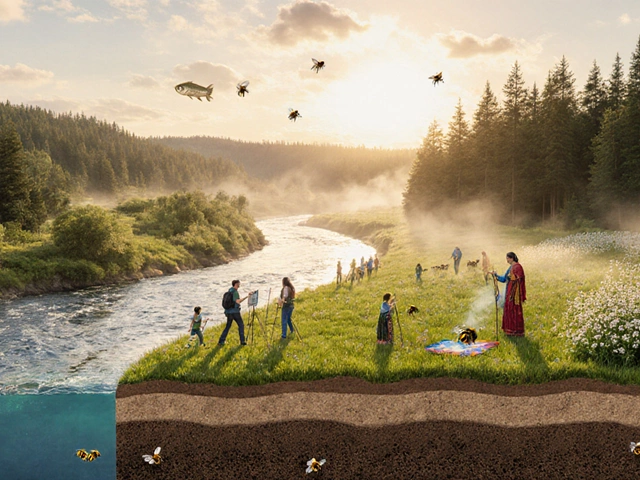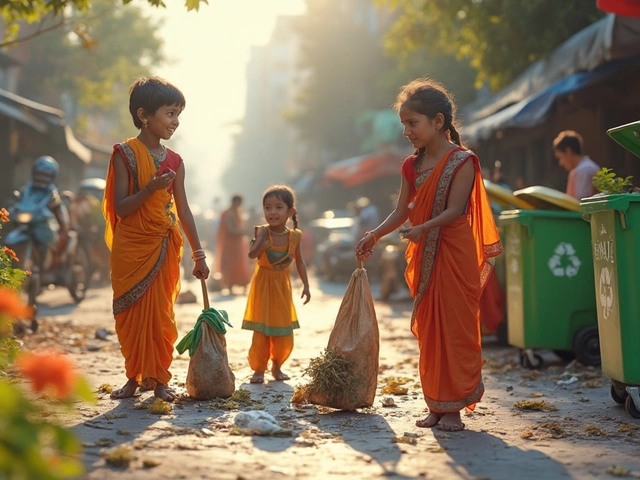Ever wondered who came up with the idea of a youth organization in the first place? Most people think of the Boy Scouts, but no, the real trailblazer was actually the Boys' Brigade. This group kicked off the whole movement in Glasgow, Scotland, back in 1883. They didn't have smartphones or Instagram to stay in touch, but the boys who joined wanted community, some adventure, and a bit of structure. Sounds familiar, right?
The main idea back then was to give boys something positive to do after school. Sure, parents worried about their sons getting into trouble or just wasting time. The founders saw that and decided to channel all that energy into something bigger. One simple uniform, a weekly meeting, and suddenly these kids were marching, playing games, and learning teamwork.
- The Origin Story
- Why the First Youth Organization Emerged
- Key Features and How It Worked
- How It Paved the Way for Others
- What Modern Youth Can Learn
The Origin Story
If you look at the roots of youth organizations, you’ll land right in Glasgow, Scotland, in 1883. A man named Sir William Alexander Smith saw a bunch of restless young boys hanging around with nothing constructive to do. Back then, this was a real problem—urban life was tough, and kids needed some safe, meaningful structure. So Smith went for it and created the first-ever youth organization: the Boys’ Brigade.
This group started off pretty small, just 35 boys in the first meeting at North Woodside Mission Hall. It quickly picked up steam though, thanks to its simple formula: mix a bit of military-style discipline with team games and Bible study. Right away, kids had something to look forward to and parents felt more at ease knowing their kids had direction.
“Smith’s vision was straightforward: ‘to advance Christ’s Kingdom among Boys and to promote habits of Obedience, Reverence, Discipline, Self-respect, and all that tends towards a true Christian Manliness.’” — Boys’ Brigade official history
The Boys’ Brigade wasn’t just another club. It set a model that groups like the Scouts would later copy. The whole idea of badges, uniforms, and earning ranks? The Brigade did it first. In fact, by 1893—just a decade in—there were already 54,000 members spread across Britain and beyond.
| Year | Number of Boys’ Brigade Members |
|---|---|
| 1883 | 35 |
| 1893 | 54,000 |
| 1900 | 100,000+ |
Why does this matter? The Boys’ Brigade basically launched the whole worldwide youth movement. It showed that kids crave community and a sense of purpose—even today, that’s still true. If you’re thinking about kicking off a new group or club, you’re following the same trail that started with Smith and a bunch of hopeful Glasgow kids over 140 years ago.
Why the First Youth Organization Emerged
To really get why the first youth organization showed up, you have to picture city life in the late 1800s. Glasgow was booming with factories and crowded streets. Most families didn’t have much, and once the school bell rang, there wasn’t a lot for kids to do that kept them out of trouble. The streets were full of distractions, and honestly, some of them were risky for young people.
William Alexander Smith, who was a Sunday school teacher and a military man, saw this first hand. He wanted boys to stay active but also focused and out of hot water. Back then, there weren’t after-school sports or community centers. The Boys' Brigade mixed simple military-style discipline with games and activities, giving boys a safe place to go after class. They could have fun, but also learn about teamwork, respect, and sticking to a routine.
This idea caught on fast because parents liked the difference they saw at home. Kids who joined were more respectful and took pride in helping out. Plus, it was an answer to a real problem: keeping boys off the streets, away from boredom and bad choices. The formula was simple—structure, belonging, and a bit of adventure. That’s really what started the whole wave of youth clubs and organizations that followed.
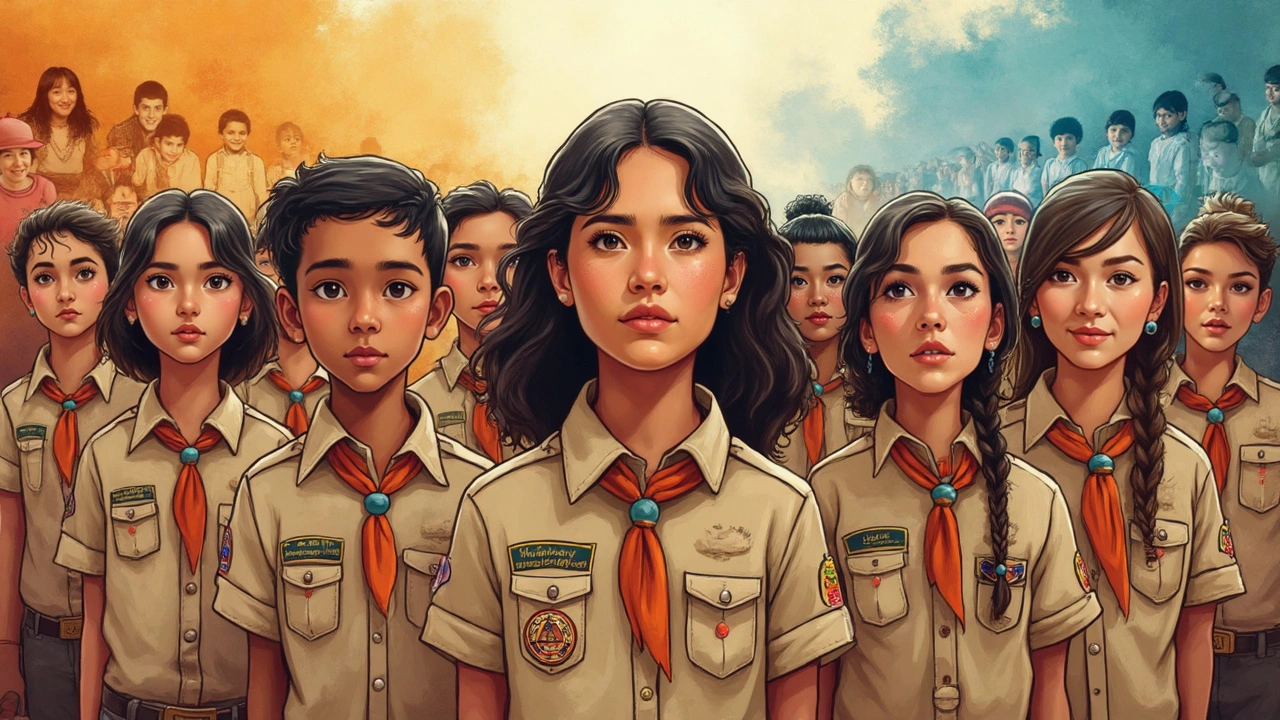
Key Features and How It Worked
The Boys' Brigade wasn't just a bunch of kids hanging out; they ran on a plan. What set it apart? For starters, they introduced uniforms. This might sound basic now, but back in 1883, putting kids in navy-blue jackets and caps made everyone feel like they belonged. According to the Boys' Brigade Archive, "Uniform was not just for show—it made the boys feel equal and proud, no matter where they came from."
The meetings were a mix of fun and learning. One part would be drills or marching (think early physical education), another might be games or sports, and then maybe a lesson in character or basic life skills. They also made time for music and singing, which brought everyone together.
- Weekly meetings with set routines
- Focus on teamwork and respect
- Sports, games, and healthy competition
- Drills to boost discipline and fitness
- Opportunities to learn simple skills like first aid
Community service popped up early on, even if the term wasn’t popular yet. Older boys helped organize charity events, assisted neighbors, or pitched in during city cleanups. This was about showing that even kids could give back. Over time, these special touches shaped a model that got copied by newer youth organizations around the world.
| Feature | Introduced Year | Reason |
|---|---|---|
| Uniform | 1883 | Bring unity, remove class differences |
| Drill/Marching | 1883 | Build discipline, team spirit |
| Community Service | 1885 | Teach responsibility, care for others |
| Life Skills | 1884 | Basic safety, first aid |
Even today, the things we see in programs like Scouts or local after-school clubs—uniforms, keys to teamwork, pitching in for the community—all connect back to what the Boys' Brigade nailed way back when. It wasn’t fancy, but the basics worked, and that's exactly why the idea caught on across the globe.
How It Paved the Way for Others
The Boys' Brigade set the template for what came next in the world of youth groups. Their model was simple but powerful: uniforms for a sense of belonging, group activities to build skills, and some good old-fashioned discipline. It worked so well that other countries started to copy bits and pieces almost overnight.
The most famous group to take notes was the Boy Scouts. When Robert Baden-Powell launched the Boy Scouts in 1907, he admitted he borrowed a lot from the Boys' Brigade playbook. The Scouts' camping trips, badges, and even their focus on character were all inspired by the Brigade’s mix of fun and growth. That’s why the first youth organization tag sticks to the Boys' Brigade—it shaped the whole youth club scene.
Take a look at how fast this idea spread:
| Year | Group | Country |
|---|---|---|
| 1883 | Boys' Brigade | Scotland |
| 1907 | Boy Scouts | United Kingdom |
| 1910 | Girl Guides (now Girl Scouts in USA) | UK/USA |
| 1915 | Camp Fire Girls | USA |
A couple of smart ideas made these groups catch on.
- Uniforms: Made everyone feel equal, breaking down the divide between rich and poor kids.
- Weekly Meetings: Set up a routine, something kids could count on.
- Community Service: Got young people thinking about how they could help others, not just themselves.
- Learning by Doing: Instead of lectures, these leaders let kids get their hands dirty with real skills—whether it was map-reading, first aid, or building stuff together.
By 1920, millions of kids around the world were part of some youth group based on the Brigade model. All this started with one simple idea: give kids a space to grow, and the rest will follow. Still today, nearly every youth club or group has some roots in these early practices, whether they realize it or not.
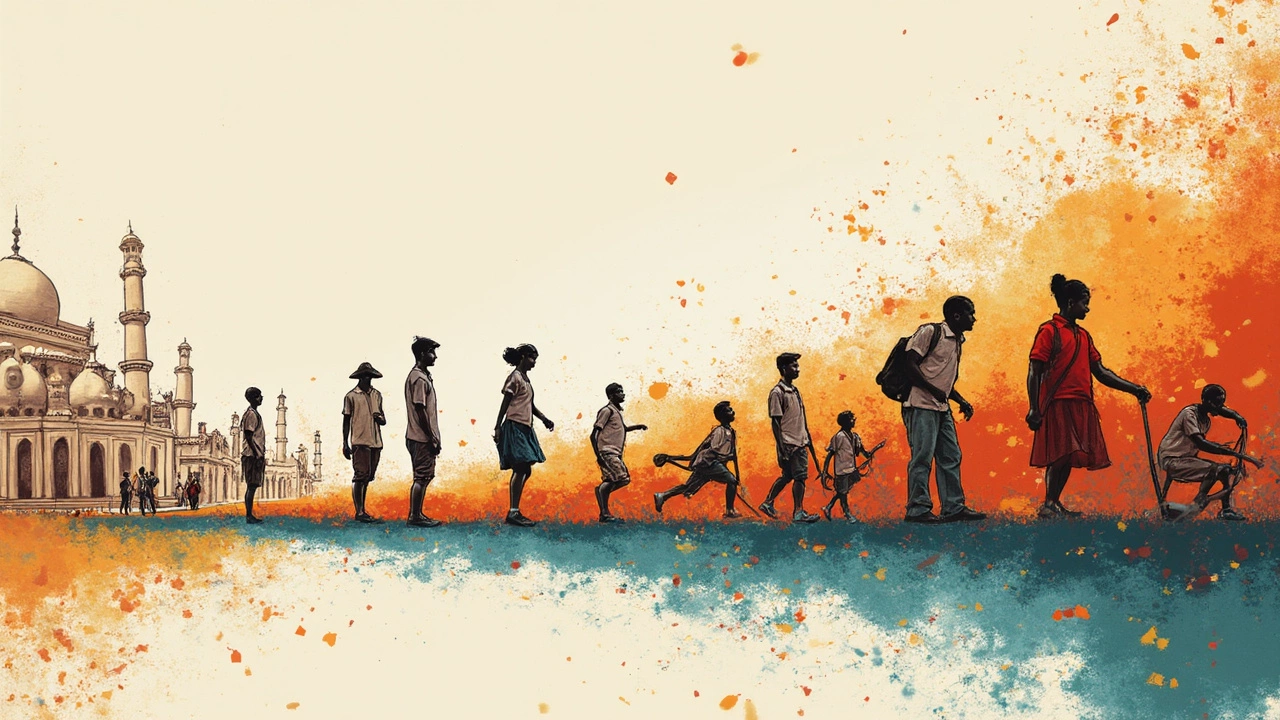
What Modern Youth Can Learn
It’s easy to think that a group started in the 1800s wouldn’t connect with today’s world, but honestly, the main lessons from the first youth organization are still spot-on. We’ve got more screens and shiny gadgets now, but kids and teens still crave belonging, purpose, and friendship. That’s really what the Boys’ Brigade figured out first.
One big takeaway? Community matters. The Boys’ Brigade showed, over 140 years ago, that gathering regularly—even if it’s just once a week—helps build stronger friendships. It turns out, this kind of face-to-face connection lowers stress, keeps loneliness in check, and builds real social skills. And yep, there’s research to back it up. A 2018 Pew Research study found that teens who feel connected to positive groups report being happier and less anxious than those who don’t.
The second lesson is about trying new things together. Members of early youth groups learned by doing—marching, camping, and even learning first aid. Modern youth organizations, like Scouts and 4-H, kept that alive for a reason: shared challenges pull people together and boost confidence. And if you’re looking for proof, check out this table comparing key skills youth organizations help develop, now and then:
| Skill | 1880s (Boys' Brigade) | Today (Modern Groups) |
|---|---|---|
| Leadership | Drill captain roles, team leads | Project managers, activity leaders |
| Teamwork | Group games, marching units | Team challenges, collaborative service projects |
| Practical Skills | First aid, outdoor basics | STEM, community service, first aid |
| Social Confidence | Public speaking at meetings | Presentations, social events |
There are easy ways to put this into action now, whether you’re involved in a group or just looking to start something new with your friends or kids. Here are a few useful ideas inspired by the first youth organizations:
- Start a regular meetup—even just once a month—for an activity everyone enjoys.
- Work together on a small project, like a community clean-up or a bake sale for charity.
- Rotate leadership so everyone has a turn to run the day or pick the main activity.
- Mix in a quick skill each time—first aid, cooking basics, or a simple DIY project.
You don’t need uniforms or strict rules to get big benefits. The real win is showing up, supporting each other, and doing something meaningful together. That’s a lesson from 1883 that still works wonders today.


